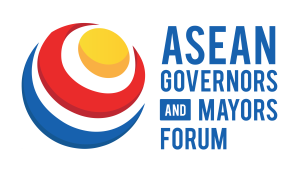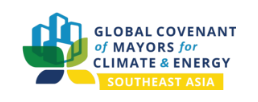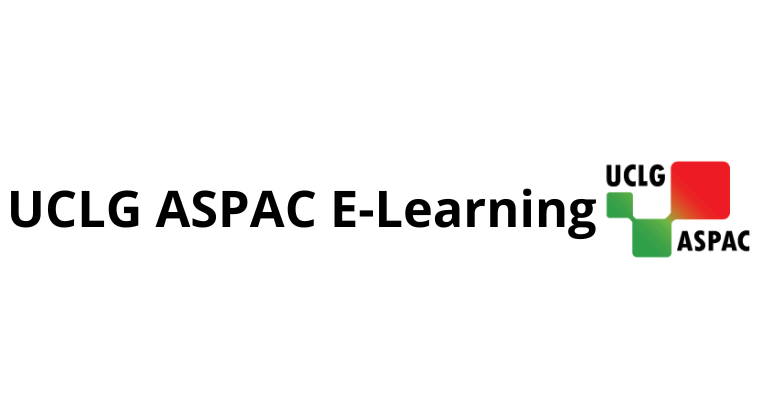The World Health Organization (WHO) defined stunting as the impaired growth and development that children experienced from poor nutrition, repeated infection and inadequate psychosocial stimulation. Children are defined as stunted if their height-for-age is more than two standard deviations below the WHO Child Growth Standards median.
Indonesia has a serious stunting prevalence. Data from monitoring nutrient status of Indonesian Health Ministry in 2018 states that stunting prevalence for children under 2 years old in Indonesia is 30.8 % and for children under 5 years old 29.9%. Both are above WHO’s standard of 20%. Based on this status, Indonesia Government then came up with National Strategy for Stunting Prevention Acceleration 2018-2024, consisting of 5 pillars: leadership vision and commitment, national campaign and behaviour changes communication, convergence and coordination in all level, nutrition and food resilience, monitoring and evaluation. The government prioritised 160 districts to implement the strategy in 2018. Among the 160, the 17 listed districts are located in Lampung and West Java Provincial Municipalities. Both are target area of LOCALISE SDGs Programme.
Stunting in Lampung Province
Lampung Province experienced a growing prevalence of stunting since 2015. From four districts that contribute to this situation, data from the Lampung Province Health Agency in 2015 shows that Lampung Selatan District prevalence of stunting was at 23.2 %. In 2016 it increased to 24.8% and in 2017 to 30.3%. The Lampung Province Health Agency then initiated Lampung Stunting Agency to support and institutionalise the commitment to address the problem of stunting. The initiative is currently under the process to become a governor regulation. At district level, the government of Lampung Selatan, in July 2019, declared its commitment to reduce stunting in 0% in 2023, as an effort to achieve SDG 3.
Lampung Selatan District has been actively involved in a national government cascading programme that helps reduce stunting prevalence called Program Keluarga Harapan (PKH), a social conditional aid program for poor families. This particular programme enabled selected poor families to access the health and basic education services, in addition to cash transfer to improve their well-being. The district also integrates rice distribution for families below the poverty line programme or Beras Untuk Keluarga Prasejahtera (Ranstra), to provide minimum nutrient in-take as part of stunting prevention. Furthermore, the district government joined forces with CSOs and midwives as front liner to raise awareness and monitor programme implementation, while ensuring close coordination with various local agencies such as Social Affairs Agency and Education Agency.
Stunting in West Java Province
West Java Province faces similar experience as 13 districts from the region are included in the national stunting intervention programme, setting the stunting issue as part of their five pritorities in their Mid Term Local Development Planning (RPJMD). At the implementation level, this programme involves five actors of development in West Java: government, private sectors, academician, community and media. It also launched the provincial programme for stunting reduction and introduced Ojek Makanan Balita (OMABA), the motor-bike based delivery service for children nutrition, focusing on stunting extreme area in West Java. Initially, OMABA was a local initiative from community in Southern Bandung aimed to reduce dependency of formula milk by providing nutrient food for children in 2012. In 2016, this activity was supported by PT. Pertamina Persero for Bandung area and further replicated in city level. In 2018, it was replicated in provincial level.
Sukabumi District is also listed as one of the 13 districts under the national stunting intervention programme, with stunting rate at37.6% (2018). The district government has raised awareness and provided education about stunting among mothers. The activity was led by local midwives called Komunitas Bidan Siaga or Responsive Midwife Community. The programme focused on helping mothers in each midwife service area to gain better understanding on mother’s health, good nutrition for mother and baby, and early childhood development for children with age from zero to seven years old. This educational activity also uses smartphones so that mothers can access information easily and can actively interact with other mothers through WhatsApp group.
These examples show how local governments in the two provinces innovate and implement a contextual and concrete step in addressing stunting issue. These examples also reflect how decentralisation can provide important opportunities for local government to pursue their innovative ideas, with their own resources and efforts. All of these examples lead to one common objective: towards zero stunting, contributing to the Sustainable Development Goals No. 2 (Zero Hunger), No. 3 (Good Health and Well-Being), No. 5 (Gender Equality) and No. 8 (decent work and economic growth). How local governments implement their programmes to address stunting has also showcased the importance of multi-stakeholder partnership (one of SDGs’ basic principles) that is critical to accelerating the efforts.
UCLG ASPAC highly supports the local governments of Lampung and West Java Province in their efforts to tackle stunting and to contribute to the achievement of the global development agenda particularly through LOCALISE SDGs Programme.











